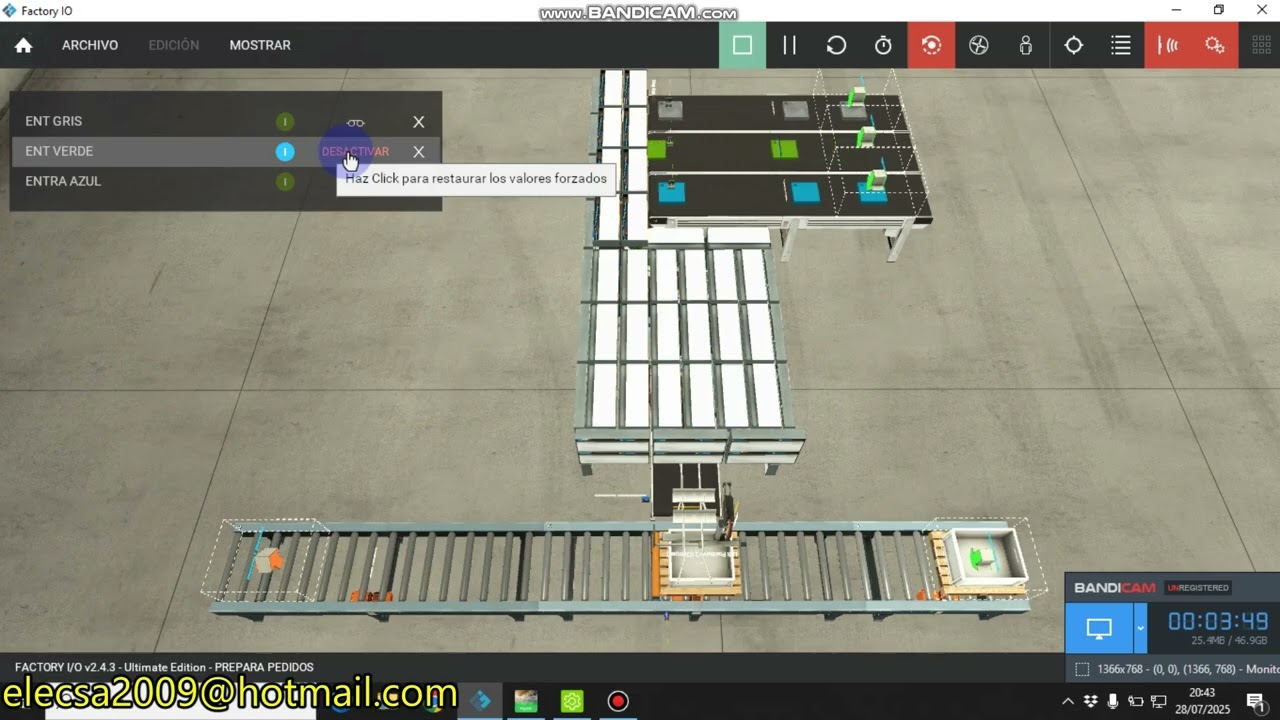Hello:
In contribution 68, a project was created with a group of 5 students in mind. In contribution 69, a parts-filtering machine was created to show the internal mechanics. All of this was done with the students in mind, because in high school, they don’t get to see these projects and therefore don’t understand the configurations from a perspective based largely on my experience accumulated over 30 years in real-life projects. Don’t think that my creativity is natural, as it takes a long journey in life to achieve it, and a lot of effort to understand everything from the beginning.
Now, in this 70th contribution, we’re going to complete a third project with a different goal: to relate the machine’s maneuvers to high-level languages, obviously at a very beginner level so that students understand the main cases in which high-level languages can be used to control a very simple machine like the one you see in this 70th contribution.
I’ll also say that I won’t share the scene; however, I will show how it works. What I want is for you to fully develop your analytical skills, which I assure you you’ll need in the future.
In the following video we will see “the mechanics” that have been used, then I will upload videos relating the functions of the machine at a high level, the language that we are going to use now is C#, among other things, (since I always use VB NET), because this project is so basic and I already have it in several cases in my library, I want to take advantage of having it also in C#, and in that way I would also take advantage of the opportunity to expand my library.
I’d also like to point out that this goes some way to showing that FACTORY IO, as it stands, and without any modifications at all, is too much of a simulator for the vast majority of students. As long as they don’t do these projects themselves, the simulator is too much for them. By the way, another idea that could be added to the update would be a metal casing to cover the machine parts, as if it were a real machine found in the industry…
Here’s the base from which we’re going to start, at least so that at the beginning of the course you’ll learn things that, if it weren’t for this community, you wouldn’t even be familiar with…
Regards
